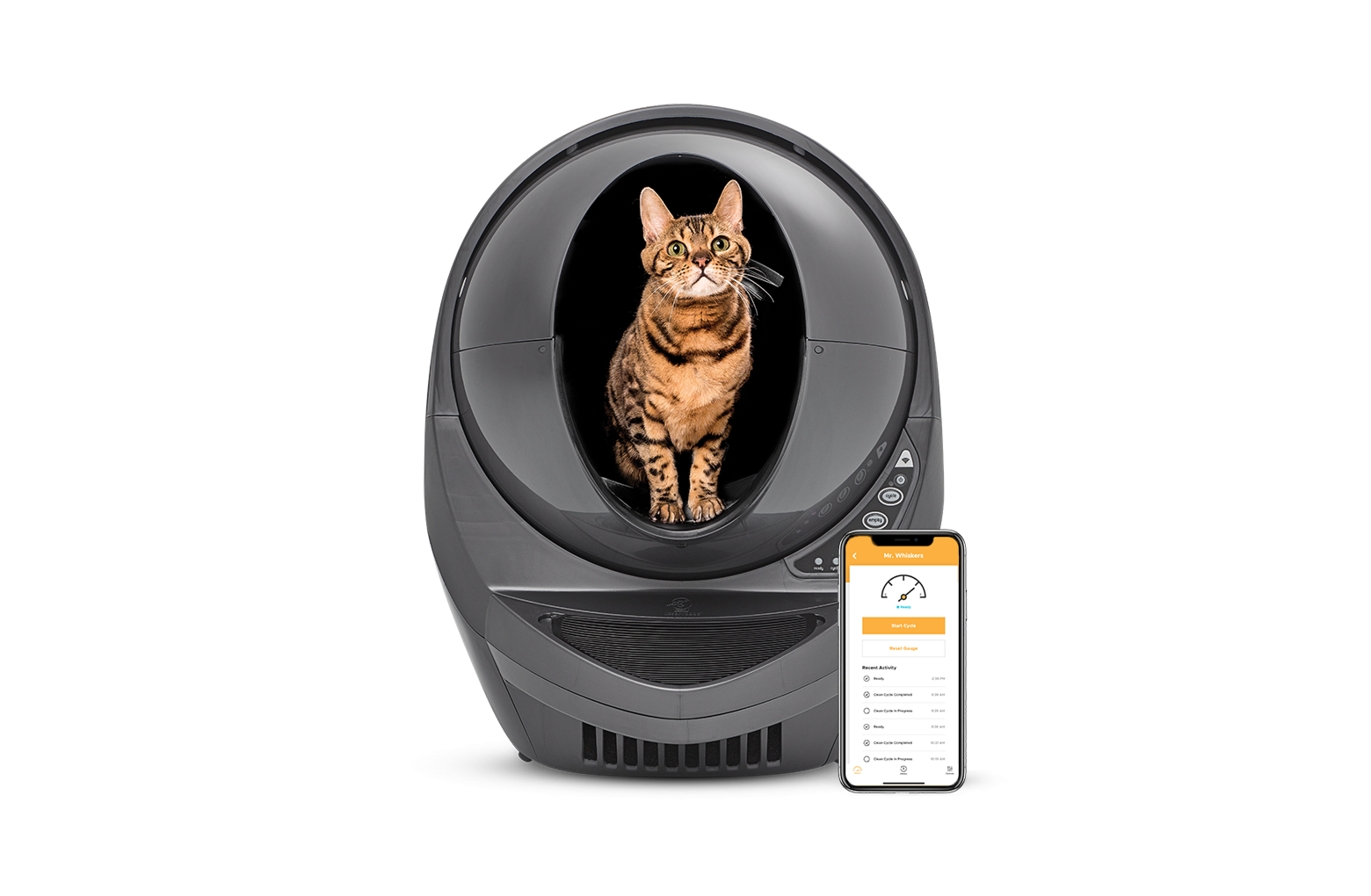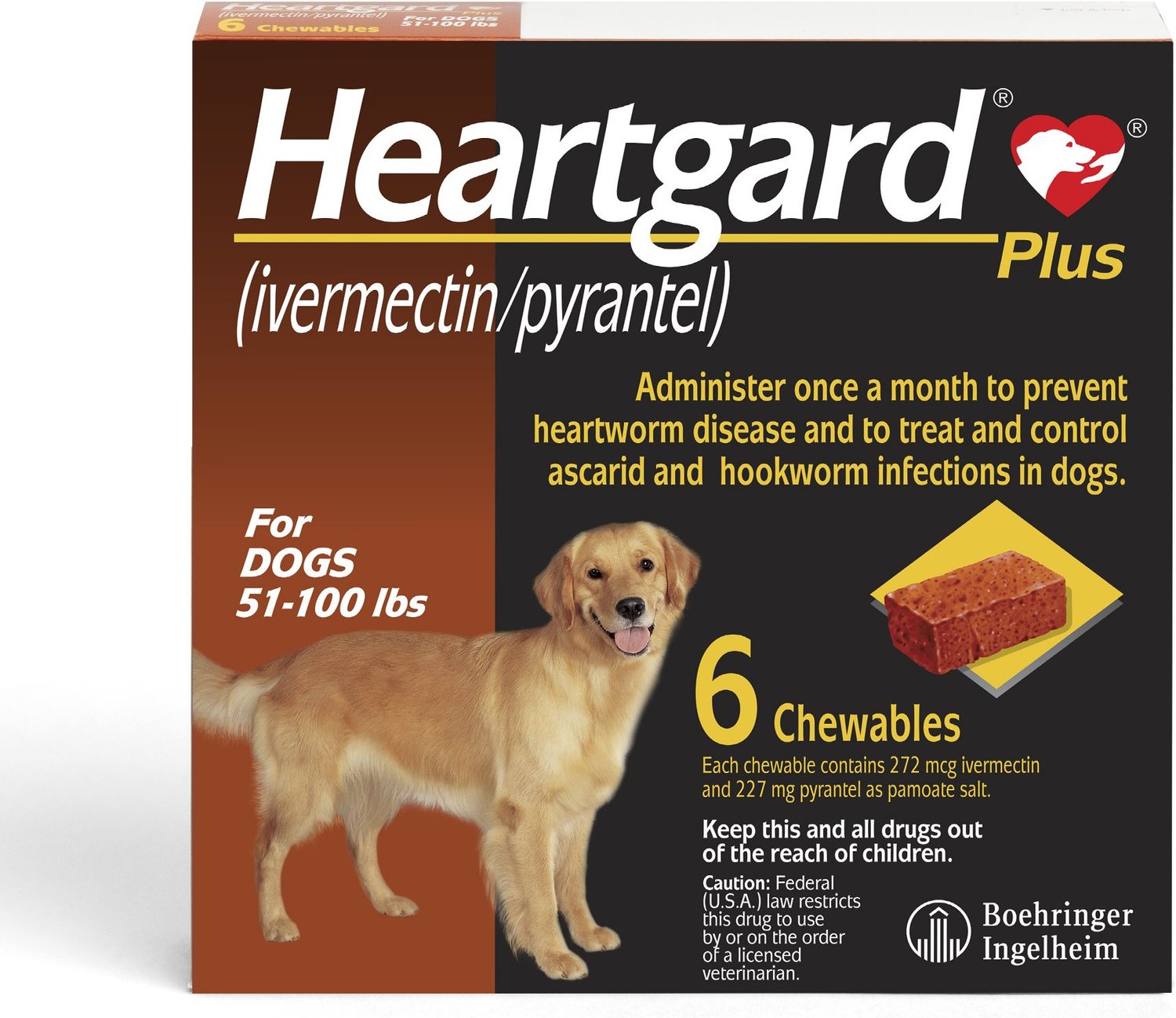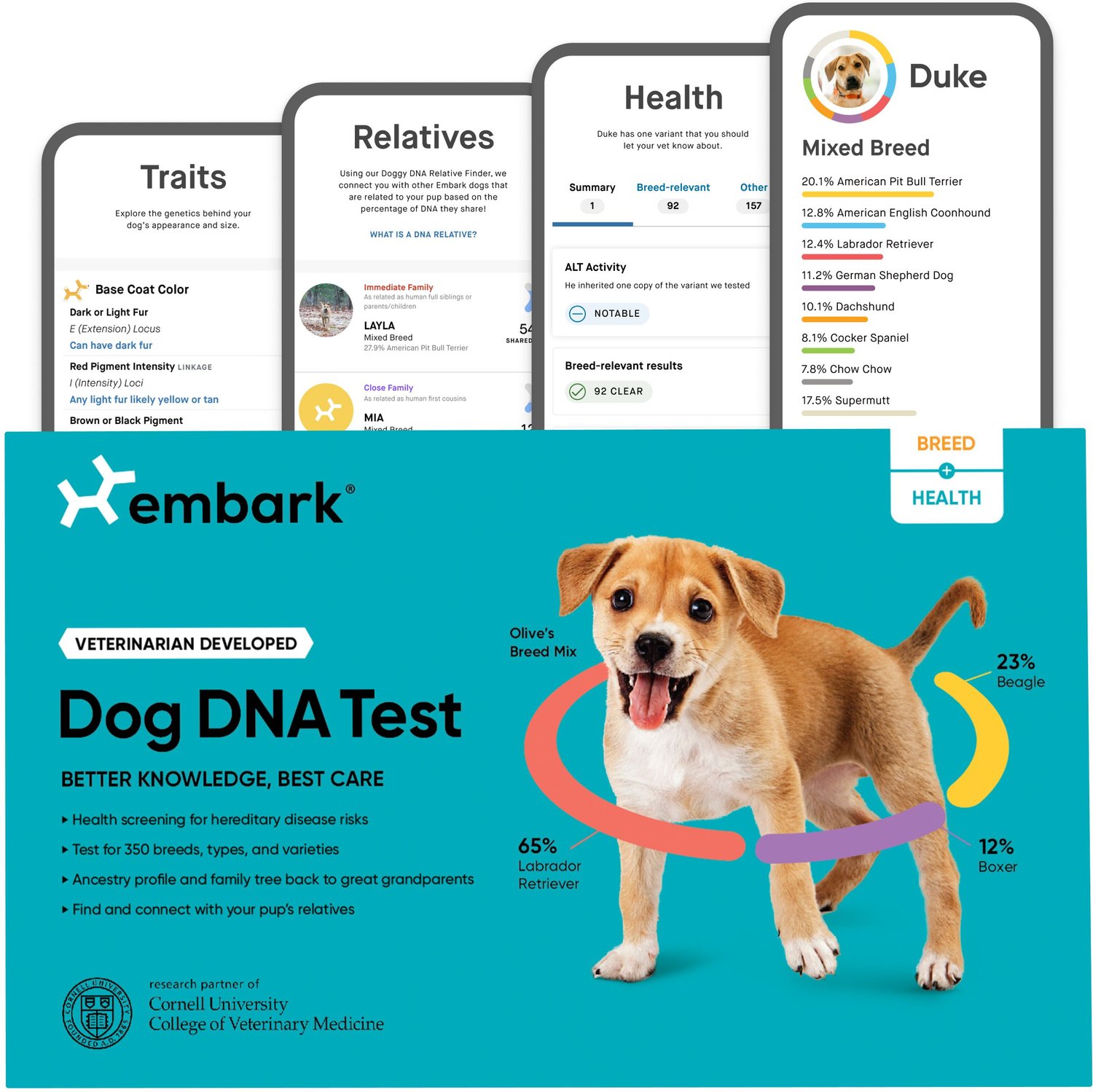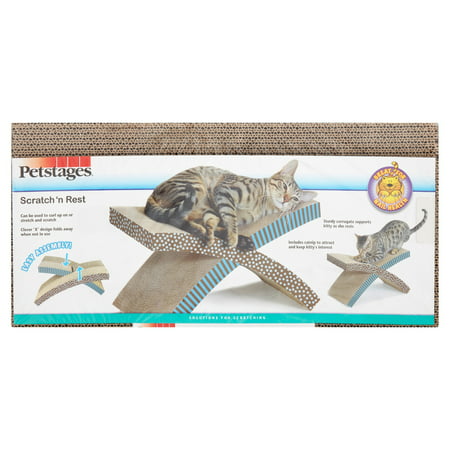Litter-Robot 3 Connect | Self-Cleaning, WiFi-Enabled Litter Box
Never scoop again with the highest-rated WiFi-enabled, automatic, self-cleaning litter box for cats. Since 2000, over 750,000 happy pet parents have upgraded to the Litter-Robot!
Stop scooping cat litter forever while giving your kitty a clean bed of litter for each use: a better litter box for everyone! Litter-Robot comes with a 90-day in-home trial, comprehensive coverage with our WhiskerCare™ 1-Year Warranty, and free shipping (excl. AK, HI, PR).
- Never scoop cat litter again
- Helps reduce litter box odors
- Remotely monitor usage with the Whisker app
- Great for cats 5 lbs and up
- Designed and assembled in the USA
Never scoop again
Litter-Robot outsmarts the chore of scooping a traditional litter box and gives kitty a clean place to go!
Self-Cleaning
Automatic sifting technology provides a clean bed of litter with each use.
Odor Control
Swift cleaning and carbon filters help drastically reduce unwanted odors.
In-App Insights
Mobile controls let you view activity and alerts right from your phone.
Multi-Cat Friendly
Always-fresh litter defeats the need for multiple boxes and suits up to 4 cats.
Outstanding odor control
Litter-Robot sifts waste within minutes, and the carbon-filtered, fully enclosed waste drawer helps reduce unpleasant litter box smells.
WhiskerCare™ Warranty
Have peace of mind with our hassle-free protection plan that covers Litter-Robot from top to bottom for free for 1 year. During your warranty period, we will resolve Litter-Robot issues at no charge.
Additional information
| Power | 15 Volt DC |
|---|---|
| Entryway | 10.25" x 15.25" |
| Weight (Empty) | 24lbs. |
| Footprint | 24.25" x 27" |






by Stephanie
I wish I had purchased this a year ago! It works perfectly and I shall never have to scoop litter again!
by Jean
I purchased two Litter-Robots around the first of the year to accommodate my 7 of 8 cats. Seven are neutered males. It took a couple of weeks before all of them were ok with using the two robots. After cleaning numerous old style litter boxes, I’ve got to say I love how easy it is now. No more bending to scoop out the waste. In fact, I recently purchased a third one. I have one spayed 18 year old female. I incorrectly assumed she wouldn’t like it. As soon as I showed it to her, in she went. I was pleasantly shocked. So, no more litter box smells. I would highly recommend this product.
by Bruce
We purchased the robot due to my wife and I getting older and cleaning litter boxes daily for 2 large cats has beco.e difficult for bending over. We made our 1st purchase, the unit arrived and operated for 24 hours before the computer failed. Customer service was outstanding and a new unit FedExed that day. We purchased a second unit so that each cat had their “own” space. It has been 2 months and both units operate exceptionally well! Our cats LOVE them. And the engineering design has been well thought out and exceptional. As well. We also purchased the Litter Box cabinets for each. Although expensive, their quality and craftsmanship also exceed expectations! Great Job all around!!
by Steve
Am so happy I made this purchase. Has really changed everything. I used to hate scooping and now it’s just so easy. I had to get in contact with customer service and they were so helpful and quick responses.
by Chrissy
I love this robot my cats love it ! They like to watch it also.
by Bob
Litter Robot 3 works incredibly. I just had a question is there a way to trade in my robots to get a litter robot 4?